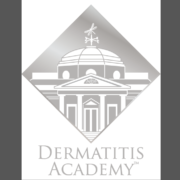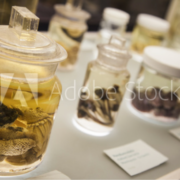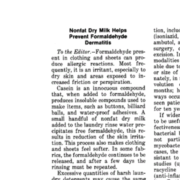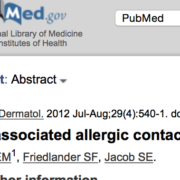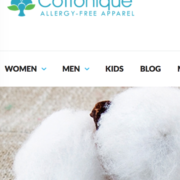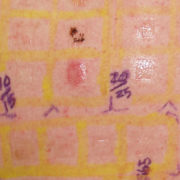The Dermatitis Academy Logo – Hope
The Dermatitis Academy Logo
After 12 years in development, the Dermatitis Academy launched with a logo based on the architectural design of Monticello, Thomas Jefferson’s home (an educational institute) that appears on the US nickel coin. The Dermatitis Academy grew in response to a growing need for educational resources on contact dermatitis that were freely available to providers, the public and legislators.
It was 2004, Europe had instituted the European Union Nickel Directive limiting the allowable release of nickel from items that were in direct and prolonged contact with the skin and the sensitization (allergy) rates to nickel were plummeting. I became aware of this great need in the United States and decided to pursue training at NYU with Dr. David Cohen in contact dermatitis. That same year, at the University of Miami, we conceived the business model for an institute for contact dermatitis that would serve the growing needs of patients with contact dermatitis by offering the highest tier of comprehensive patch testing, serve the needs of trainees who could come to the center to learn in partnership with excellent patient care, and provide the most up-to-date evidence-based resources for education. This marked the inception of the Dermatitis Academy.
In March 2016, the Dermatitis Academy launched the online Free web-based site to expanded the outreach to include educational resources on the most prevalent allergens identified through evidence-based meta-analysis of the literature, webinars, and the Simple and Free guideline (featuring products devoid of the top 10 allergens).
The Dermatitis Academy logo contains all five Feng Shui elements to highlight the need for balance between meeting consumer needs and guiding safety regulation. The circles (1/2 circle dome) represent- metal, the squares represent -earth, the rectangles – wood, the triangles – fire and the dragonfly (that develops underwater before flight) is our symbol for water and this initiative taking flight.
The triangle above the door points to a central window containing the word ‘hope’, for it is our hope that through education and awareness, we will be able to impact this US contact dermatitis epidemic and ultimately prevent sensitization.
Please visit our site: http://www.dermatitisacademy.com

